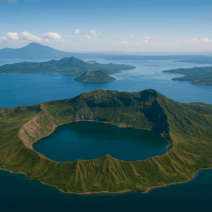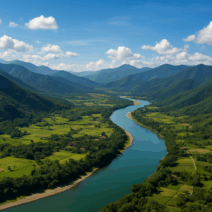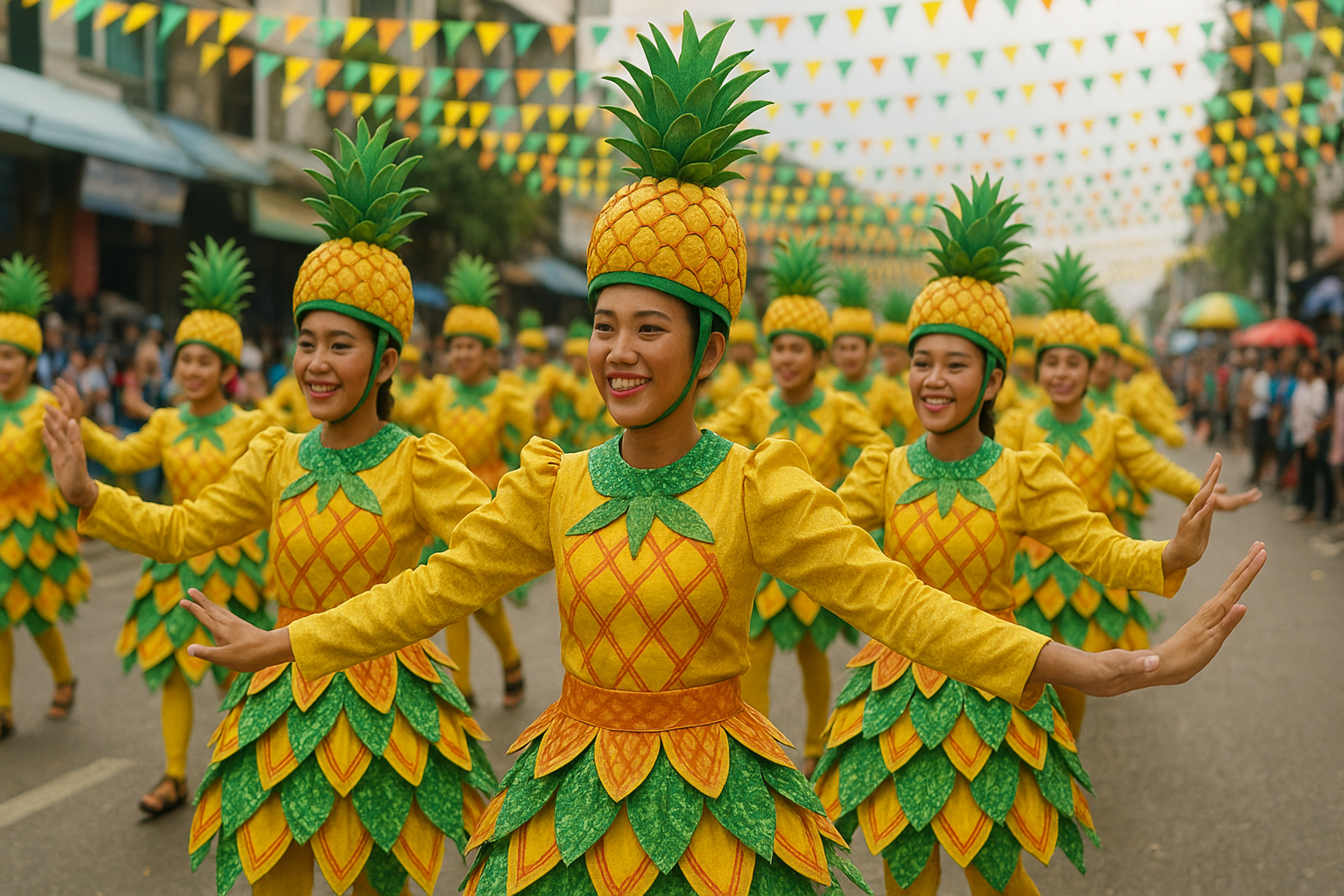QUICK SUMMARY
A closer look at Davao’s world-famous durian: its history, flavors, varieties, culture, and why the King of Fruits is a symbol of the city.
Davao City is known for many things: Mount Apo, pristine islands, and its reputation as one of the safest cities in the Philippines. But nothing captures its identity quite like durian. With its unmistakable scent and rich, custard-like flesh, durian has become a defining cultural icon of the region. Whether you love it or find it overwhelming, durian is part of Davao’s story, shaping local cuisine, trade, and tourism.
Here are thirteen essential facts that show why Davao durian stands out in the Philippines and across Southeast Asia.
1. Davao Is the Durian Capital of the Philippines
Thanks to its ideal climate and fertile volcanic soil, Davao City produces most of the country’s durian supply. The region has vast plantations dedicated entirely to the fruit, making durian a year-round presence in local markets and food stalls.
2. Durian Trees Thrive in Davao’s Climate
Durian trees need abundant rainfall, steady sunlight, and warm temperatures all year. Davao’s tropical climate and mineral-rich soil create the perfect conditions for cultivating both local and imported durian varieties. This balance of heat and humidity is why the fruit develops such rich flavor and smooth texture.
3. The Peak Season Runs From August to October
Although you can find durian in Davao any time of year, the best harvests happen during the rainy season. From August to October, the fruit becomes cheaper, sweeter, and more abundant. This is the time when local markets overflow with fresh durian of every variety.
4. There Are More Than a Dozen Popular Varieties
Many visitors only know durian by its general name, but Davao offers a wide selection of cultivars with unique flavor notes. Among the most popular are:
- Puyat, the most commercially available variety, known for its sweetness and firmness
- Arancillo, a local favorite for its silky, buttery texture
- D101, prized for its mild flavor
- Kob, known for its soft and creamy flesh
Each variety has its own level of bitterness, sweetness, and aroma, allowing both first-timers and durian enthusiasts to find a perfect match.
5. Davao Durian Has a Distinctive Taste
Compared to durian from other regions, Davao durian is known for its smooth, custard-like consistency and balanced flavor. Many varieties offer a sweet-bitter profile, while others lean toward creamy sweetness. This diversity of taste makes durian not just a fruit, but an experience shaped by one’s personal preferences.
6. The Smell Is Strong, but It Signals Quality
Durian is famously fragrant, and Davao’s harvests are no exception. The strong aroma comes from natural sulfur compounds found in the fruit. For locals, the scent means the durian is ripe and ready. Love it or hate it, the aroma is part of what makes durian unforgettable.
7. You Can Try Durian in Many Forms
In Davao, durian isn’t eaten only as fresh fruit. It’s transformed into an entire range of treats:
- Durian ice cream
- Durian candy
- Durian yema
- Durian jam
- Durian coffee
- Durian shakes
These products allow visitors who find fresh durian overwhelming to enjoy the flavor in a more subtle and approachable way.
8. Night Markets Are the Best Place to Try It
Davao’s night markets, especially the popular Roxas Night Market, are known for rows of stalls selling fresh durian during peak season. Vendors will open the fruit for you, let you taste it, and explain the differences between each variety. For many travelers, this is the most authentic durian experience in the city.
9. Durian Is a Cultural Symbol in Davao
Beyond being a major agricultural crop, durian represents Davao’s identity. It appears in local festivals, culinary events, souvenirs, and city branding. The fruit’s image is used in logos, sculptures, and even tourist attractions. To understand Davao is to understand durian’s role in local life.
10. There Is a Durian Dome Landmark
One of the unique landmarks in Davao City is the durian-inspired dome of the People’s Park. Shaped like the fruit’s spiky shell, it symbolizes the city’s pride in its most famous product and serves as a reminder that durian is woven into the local culture.
11. Durian Farming Supports Thousands of Locals
Durian is not only a cultural icon but also an important livelihood. Farmers, traders, vendors, and food manufacturers depend on the fruit for income. The growing demand for Davao durian across the Philippines and abroad makes it a valuable agricultural resource.
12. Davao Durian Is Exported Internationally
While local consumption is high, Davao durian also reaches international markets. Frozen durian, durian pulp, and processed durian products are exported throughout Asia and even to specialty stores overseas. This global reach helps promote Davao as a major agricultural producer.
13. Even If You Don’t Like Durian, Davao Offers Many Alternatives
Not everyone falls in love with durian on the first try, and that’s perfectly fine. Davao offers a variety of other fruits such as pomelo, mangosteen, lanzones, and marang. Many visitors discover that even if fresh durian isn’t for them, they still enjoy its pastries or desserts.
Why You Should Try Davao Durian
Davao durian carries the history, culture, and livelihood of the city. Tasting it—whether fresh, grilled, frozen, or turned into dessert—connects you to the heartbeat of Davao. For many travelers, trying durian becomes one of the most memorable parts of their visit, a story they take home long after the aroma fades.






